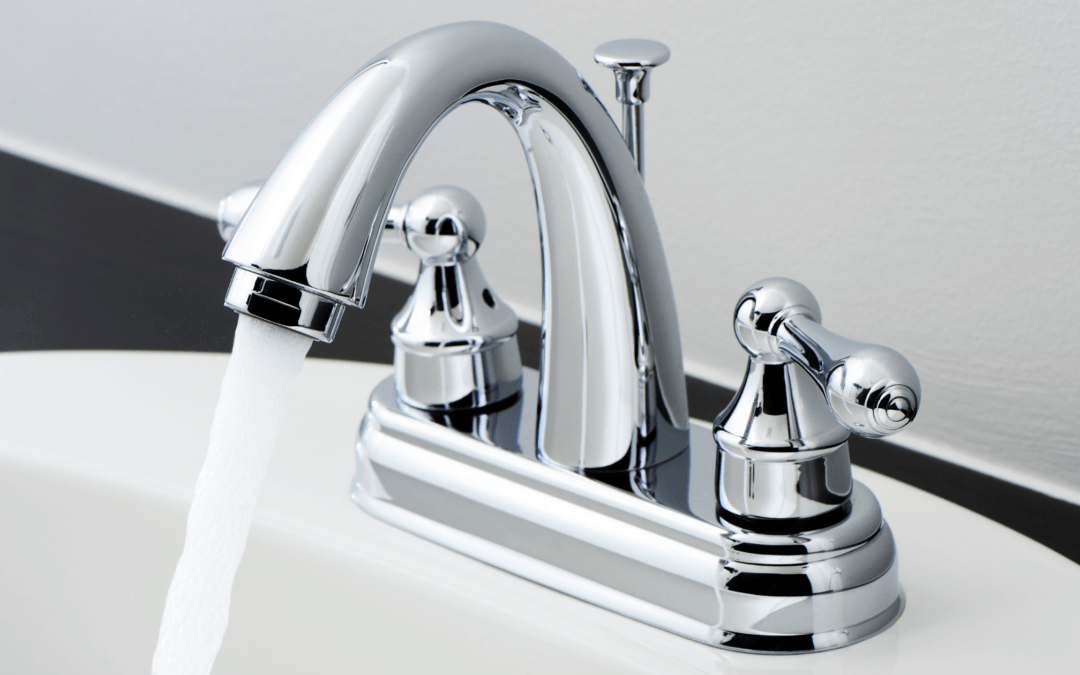A faucet is one of the most frequently used plumbing fixtures in your home. Whether you’re washing dishes, brushing your teeth, or washing your hands, you rely on it every day. However, like all fixtures, a faucet can show age over time and needs to be replaced. But how do you know when it’s time to replace it? This post will help you recognize the five telltale signs that it’s time to replace your faucet and keep your plumbing system working flawlessly.
Leaks
A leaking faucet is a sign that something is wrong and needs attention. Even if you only notice a small drip, it’s important to act fast, as it can quickly escalate into bigger issues and wasteful negativity on your water bill. If the faucet is old and the leaking coincides with regular maintenance checks and repairs, it is an indication that you should consider replacing it with a new one.
Rust and corrosion
Over time, faucets can suffer from a build-up of rust and corrosion, especially in areas with hard water or high levels of minerals. Not only does it make the faucet look unsightly and unsanitary, but it also makes it more difficult to open and close without the potential for cross-contamination. If your faucet is showing signs of rust and corrosion that can’t be removed by cleaning, it may be helpful to replace it to avoid risking contamination from rust and corrosion.
Age
Nothing lasts forever, including your faucet. Manufacturers usually indicate the lifespan of a faucet in the manual provided during the installation, and if it’s a long time, you should plan to replace it. A faucet’s longevity is influenced by many factors, including initial quality, frequency of use, and water hardness. Therefore, if your faucet has been in use for years, and despite multiple repairs, it still presents leaks, wear, and tear, it’s time to change it completely.
Low water pressure
If you notice low water pressure from your tap, it could be a sign of sediment buildup in the aerator or valve. However, if you’ve had the delivery system checked and they find no cause for the low water pressure, it could be an indicator of something more severe. Unless the problem is caused by something minor such as the buildup of sediment, it’s best to replace the faucet to get back to maximum water pressure and flow as soon as possible.
Damage
Whether it was caused by kids playing, accidental bumps with hard objects, or from the regular wear and tear, visible physical damage to your faucet is a definite sign that it’s time to replace it. Depending on the magnitude of the dents, chips, fractures, and breaks, the faucet may leak, develop a loose handle, become difficult to turn off and on, or it may even become unsafe to use as you risk injury when utilizing it.
Conclusion
A faucet may seem like a small fixture, but it plays a significant role in the functionality of your plumbing system. A replaceable faucet may cause discomfort, not meet your family’s needs, or elevate the risk for water damage in your home. Additionally, keeping an old faucet may start to harm you financially if you have to continue making repairs. After reading this post, I hope you understand the signs for replacing your faucet and that you act fast when it’s time to replace it. A professional plumbing company such as ours is the right choice to provide a flawless installation that ensures everything goes well without any risks of damage. Feel free to contact us today to resolve any questions you may have.

